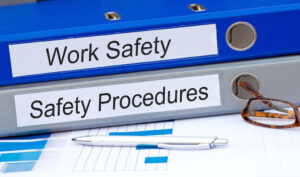
What Can HR Do to Prevent Insider Threats?
Every day, businesses contend with all sorts of threats. Like it or not, these risks have become a fact of organizational life in the modern

Every day, businesses contend with all sorts of threats. Like it or not, these risks have become a fact of organizational life in the modern

Cyberattacks have become an all-too-prevalent reality in today’s business landscape. In fact, cyberattacks increased by 38% in 2022 alone. This means every company should have

The Problem Can you confidently say that 100% of your employees feel safe at work? For business and HR leaders, ensuring the health and safety

EDITOR’S NOTE: At TalentCulture, we recognize a healthy workforce is a more engaged and productive workforce. That’s why we’re spreading the word about the importance

In pursuing health and success for a business, safety compliance is critical and we understand why. Monitoring injuries and potential hazards can help your workplace